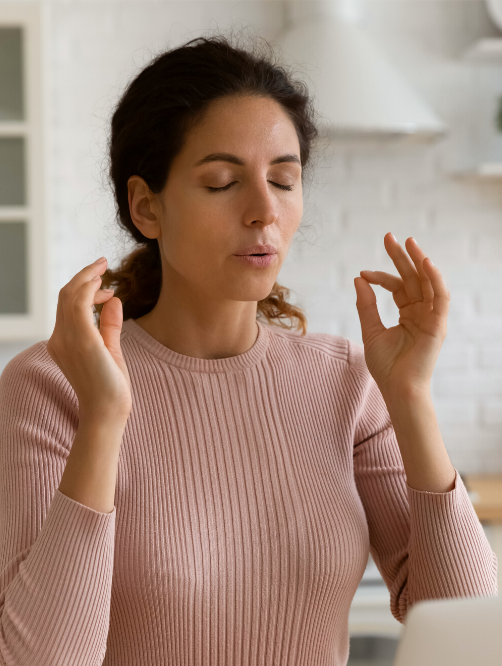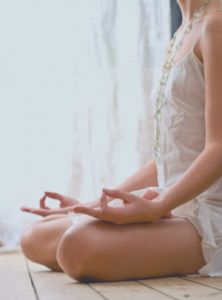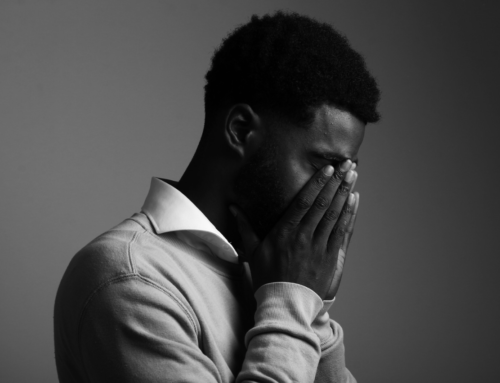Tuesday 7th of June, 2022.
Written by Clinical Psychologist, Ebony Collins.
THE BASICS OF ANXIETY
 Everyone experiences the emotion of anxiety. Anxiety is a common emotion brought on by a range of situations. Statistics suggest that 1 in 4 adults in Australia will experience an anxiety disorder across the life span. That is over two million people every 12 months who will have a diagnosable anxiety condition.
Everyone experiences the emotion of anxiety. Anxiety is a common emotion brought on by a range of situations. Statistics suggest that 1 in 4 adults in Australia will experience an anxiety disorder across the life span. That is over two million people every 12 months who will have a diagnosable anxiety condition.
Anxiety can be experienced without it being a disorder. Anxiety disorders develop when anxiety symptoms reach a level that they begin to interfere with someone’s daily functioning such as study, work, social interactions, or basic daily living.
There is a lengthy list of disorders that fall under the category of anxiety. Some of the subcategories of anxiety include generalised anxiety, social anxiety, specific phobias, and panic disorder. There is also obsessive-compulsive disorders and post-traumatic stress which both have prominent anxiety features.
Symptoms of anxiety fall into three categories: physical, psychological, behavioural
Often it is the physical symptoms that bother people the most due to the impact on their functioning.
Physical symptoms can include:
- Panic Attacks
- Sweating
- Increased Heart Rate
- Rapid Breathing
- Tight Chest/Chest Pains
- Body/Muscle Tension
- Stomach Upset
- Lightheadedness
- Shaking
Psychological symptoms can include:
- Chronic Worry
- Excessive Fear
- Catastrophising
- Obsessive Thinking
- Paranoia
Behavioural symptoms can include:
- Avoidance of things such as: situations,
people, places, things or objects
Cognitive Behavioural Therapy is the most used treatment approach for anxiety. Changing our beliefs is at the core of treating anxiety. Although it is not as simple as thinking happy thoughts and it will all be better. Your mind must be able to accept the new belief at least partially.
One way to do this is to find the evidence both in support of and against the belief, as well as other information that challenges the belief. This allows a new, more balanced belief to be formed. This process is one of the key cognitive strategies used in Cognitive Behavioural Therapy.
Behavioural strategies involve exposure to the avoidance and physical symptoms. This is often in conjunction with cognitive strategies to help challenge the anxious thoughts that result from being exposed to the feared situation.
If you are experiencing anxiety at a problematic level or are concerned about your anxiety becoming problematic, then have a discussion with your general practitioner about the possible benefits of engaging in therapy.
 Tips for Managing your Anxiety
Tips for Managing your Anxiety
The good news with anxiety disorders is that they fall into a concise list of mental health conditions that are considered curable. While other conditions are managed, anxiety can be resolved. One of the key factors in achieving cure is to get on top of the anxiety early. Don’t wait for it to become problematic and don’t think you have to go through it alone.
Strategies can be helpful tools for managing or working toward curing general symptoms of anxiety. Please note that if your anxiety is meeting criteria for a disorder then you should consider speaking with your general practitioner about seeking professional treatment.

Aim to focus your attention on the present moment. Anxiety is general worrying thoughts about the past or future. Grounding your focus in the present helps to allow you to recognise that in most situations there is no immediate danger of which you need to anxious. To ground you in the present you can use your senses which allow you to connect with the physical experience of the moment.
Identify 4-5 statements that challenge your core anxiety beliefs. Use these as your mantras for managing the anxious thoughts when they arise. Some common statements include ‘this will eventually pass’, ‘I am safe in this moment’,‘my anxiety symptoms are unpleasant but cannot harm me.’ Read these each day and have them easily accessible such as on your phone to use when you are anxious. Recite them each day until you can remember them without needing to look at the list.
Next month we will continue discussing anxiety with our article on panic attacks where we explain the fight and flight response and the cycle of anxiety.






